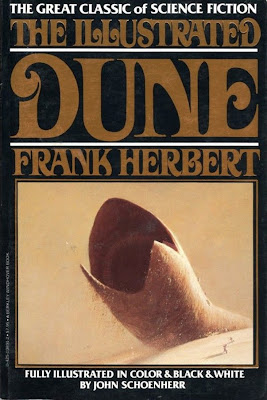
A 1966 (or 1967?) Christmas card featuring a menagerie of animals from a few years’ worth of John Schoenherr’s children’s books. He made the original drawing in ink on scratchboard, but later scratched out the pine bough and ornaments (I’m not sure why).
eagle.........The Golden Eagle by Robert Murphy
kangaroo.........Kangaroo Red by Bernice Freschet
opossum.........Mississippi Possum by Miska Miles
fox.........Fox and the Fire by Miska Miles
skunk.........The Dangerous Year by Era Zistel
auk.........A Vanishing Thunder by Adrien Stoutenburg
rabbit.........Rabbit Garden by Miska Miles
bear.........Gentle Ben by Walt Morey














